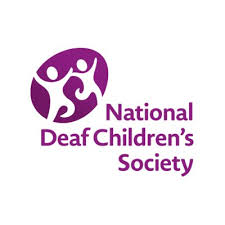The Centre for Educational Neuroscience (University College London, Birkbeck University of London, UCL Institute of Education) have created resources on common neurodevelopmental disorders and associated neuromyths. The website notes “All resources are suitable for teachers, teaching assistants, SENDCOs, and school leaders”
Prof Chloe Marshall wrote the blog for deafness.
The blog explains they “consider three neuromyths (i.e., misunderstandings of cognitive neuroscience) that contribute to maintaining language deprivation and therefore to maintaining lower educational outcomes for DHH children and young people. These are:
Neuromyth 1: Using a cochlear implant allows children to regain normal hearing and to learn to speak so well that they will achieve age-appropriate language skills.
Neuromyth 2: Cochlear-implanted children should not be exposed to a sign language, because this will impede their ability to learn spoken language.
Neuromyth 3: The sensitive period for sign language acquisition is longer than the sensitive period for spoken language acquisition, and therefore spoken language should be given priority when DHH children are very young.”



